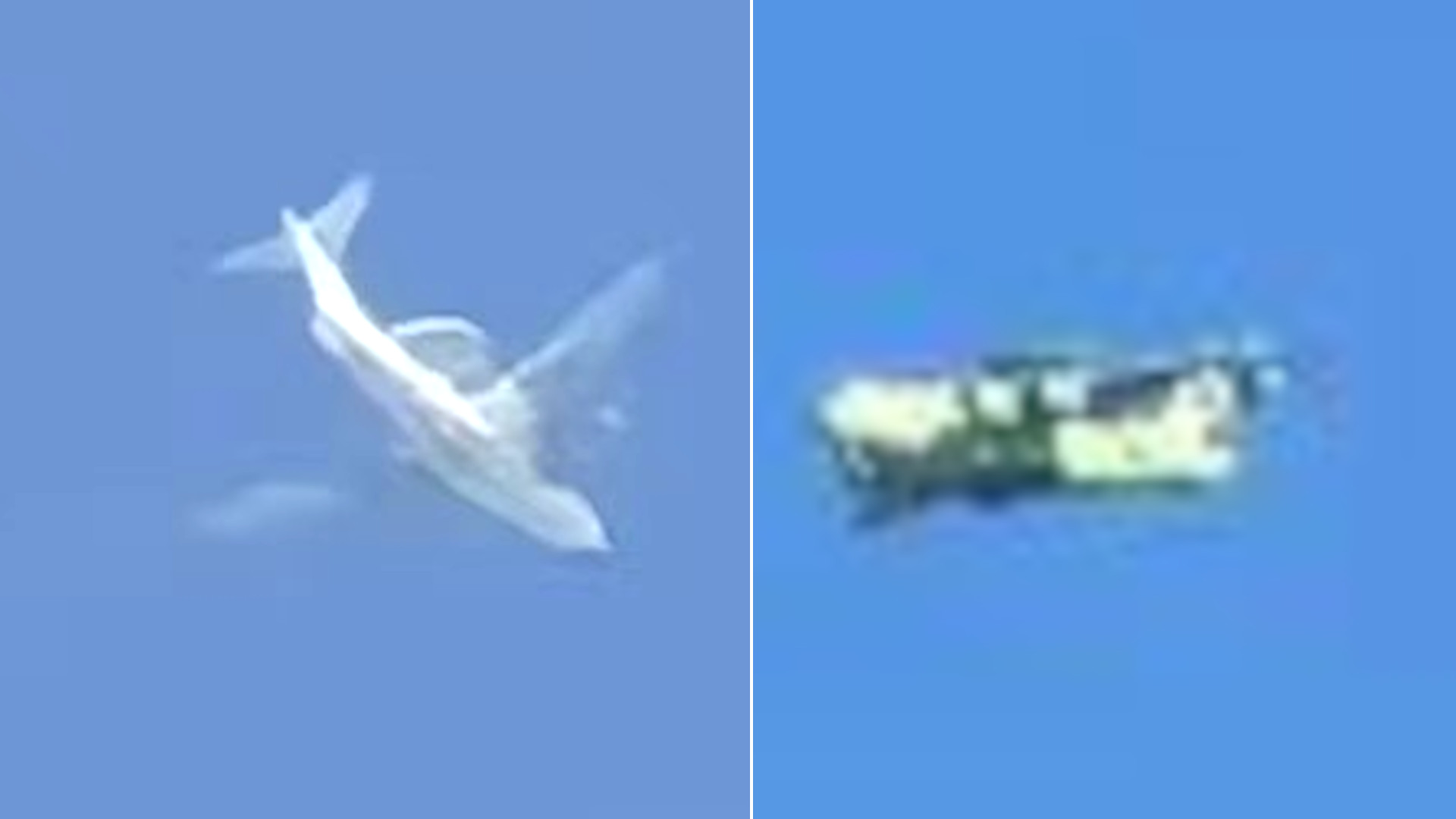SOURCE: AFI


Recent pictures have surfaced of a new Chinese airborne early warning and control (AEW&C) aircraft, reportedly based on the four-engine Y-20 cargo plane. This development marks a significant advancement in China’s efforts to modernize its military aviation capabilities. With a robust AEW&C fleet largely composed of smaller turboprop platforms, this large, jet-powered AEW&C aircraft could serve as a successor or complement to the limited number of KJ-2000 Mainrings, which are built on the Russian Il-76 Candid airframe.
The adaptation of the Y-20 cargo plane into an AEW&C platform highlights China’s strategic foresight in leveraging indigenous designs for multiple roles. The Y-20, developed locally, provides a versatile platform with the payload capacity, range, and avionics suite to support various military applications. This move underscores the importance of self-reliance in developing military aviation infrastructure to meet evolving operational requirements.
India, too, must draw lessons from China’s approach. Currently, the Indian Air Force (IAF) operates a fleet of vintage Il-76 aircraft and a limited number of C-17 Globemaster III strategic airlifters. While the 11 C-17s have proven invaluable due to their high availability rates and versatility, they are insufficient to meet India’s growing logistics and operational demands.
The Il-76, though dependable, has become outdated and increasingly challenging to maintain. This situation calls for an indigenous replacement program that can address not only India’s strategic airlift needs but also the potential for platform diversification, as demonstrated by China’s Y-20. Developing a locally produced replacement for the Il-76 would offer India significant strategic advantages:
- Strategic Airlift Capability: An indigenous platform could fill the gap between the aging Il-76 and the high-demand C-17s, ensuring India has sufficient airlift capacity for troop movements, disaster relief, and overseas deployments.
- AEW&C Platform Development: Leveraging a locally produced aircraft for AEW&C purposes would enhance India’s situational awareness and strengthen its air defense network. The DRDO-developed Netra AEW&C system could be adapted for a larger, jet-powered platform, providing extended range and endurance.
- Cost-Effectiveness and Availability: Relying on foreign acquisitions for strategic airlifters or AEW&C systems often results in high costs and delayed deliveries. An indigenous solution would mitigate these challenges while fostering local industrial growth.
- Strategic Autonomy: Developing such platforms locally aligns with the “Aatmanirbhar Bharat” initiative, reducing dependency on foreign suppliers and enabling India to tailor solutions to its specific operational requirements.
While developing an indigenous replacement for the Il-76 and its derivatives poses significant challenges, including high development costs and technical complexities, the long-term benefits far outweigh these hurdles. Collaborative efforts involving HAL, DRDO, and private sector partners could expedite the design and production process. Additionally, partnerships with established aerospace companies for technology transfer could address capability gaps.
The emergence of China’s Y-20-based AEW&C aircraft is a stark reminder of the importance of self-reliance in military aviation. For India, developing an indigenous replacement for the Il-76 is no longer just an option but a strategic necessity. Such a platform would not only bolster India’s logistics capabilities but also pave the way for a versatile, multi-role aircraft that could serve as the backbone of its airpower strategy for decades to come.